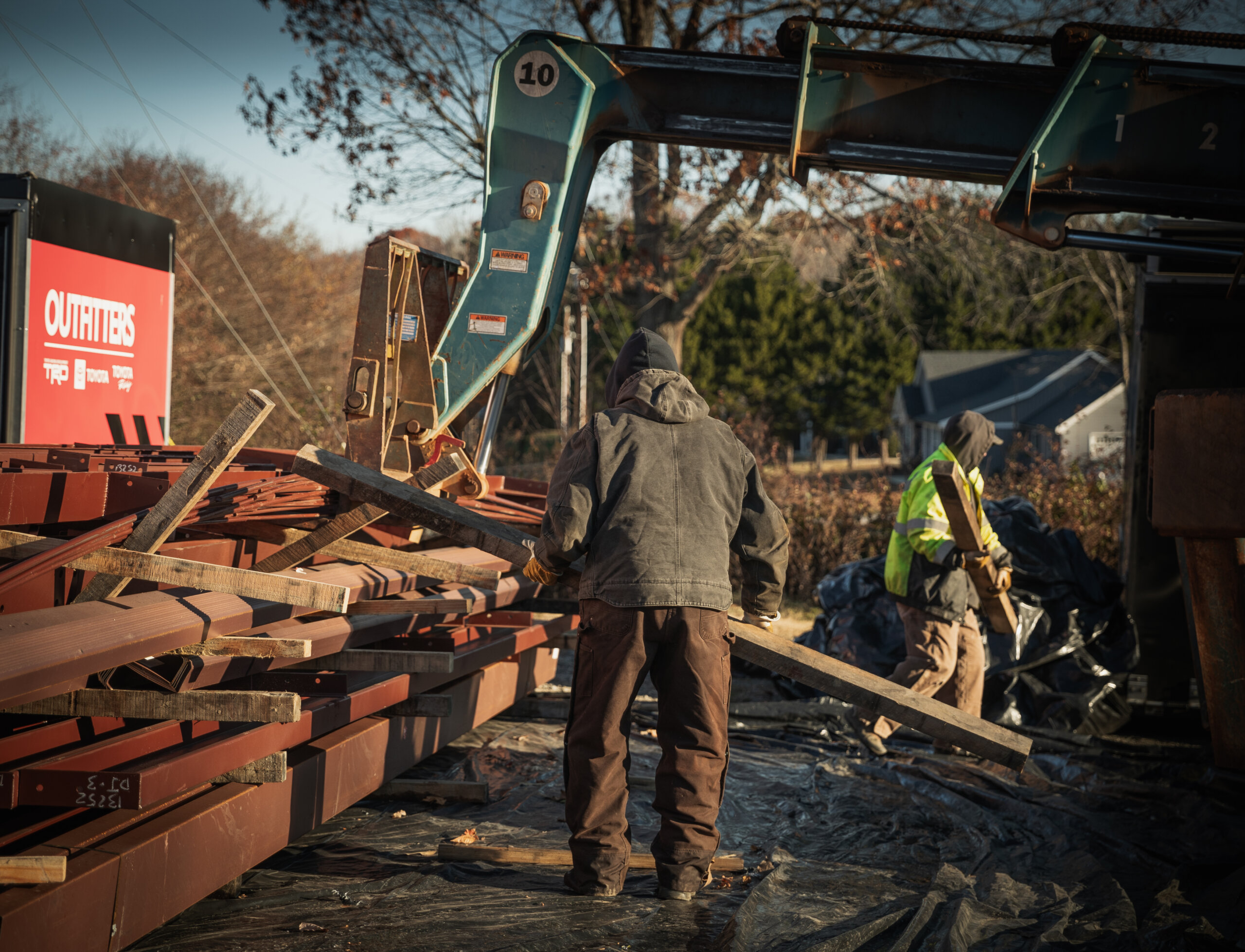Let’s be honest: most construction software ends up as shelfware. It gets bought with good intentions, rolled out with a few logins, and then… nothing. Crews don’t use it. Foremen forget about it. And leadership is left wondering why the ROI never showed up.
The answer? It’s not (just) the software’s fault — it’s the rollout.
If you’re trying to switch systems or introduce a new tool on-site, adoption is the whole game. The best tech in the world means nothing if your crew won’t touch it.
Here’s how to make sure your investment doesn’t just sit on the digital shelf — and actually drives results from day one.
1. Pick Software That’s Built for the Field (Not Just the Office)
The #1 predictor of adoption? Whether your field crews can figure it out without a tutorial.
Crews don’t have time to fumble through clunky interfaces or dig through menus just to clock in or complete a form. If it’s not mobile-friendly, intuitive, and fast — they won’t use it.
Look for:
- Mobile-first design
- Offline functionality
- QR code or kiosk sign-ins
- Zero training required for basic tasks
One operations lead shared that once they switched to a tool designed for field crews — not just admin staff — their adoption rates jumped with no formal training required.
2. Start With What They’re Already Doing — and Make It Easier
Don’t try to overhaul your entire system on day one. Instead, pick a few core tasks your team is already doing (like time tracking, safety forms, or sign-ins) and make those processes simpler and faster.
For example:
- Replace paper timesheets with a punch clock that sends reminders to clock out
- Digitize daily reports with forms that auto-send to the office
- Use QR codes to launch equipment inspections instantly
The key is to show your team: this isn’t extra work — it’s less work.
3. Let the Field Drive the Rollout
Top-down software rollouts almost always meet resistance. But if a respected foreman or supervisor starts using the new system — and likes it — others will follow.
One company found that by involving their project leads in early testing, they smoothed out onboarding and earned faster buy-in from their crews.
Look for your early adopters and make them rollout champions. Let them help drive the switch — not just comply with it.
4. Don’t Just Train — Embed
Most software training is a one-time meeting, a few PDFs, and a “good luck.” That’s not enough.
Instead:
- Build quick-hit demos into toolbox talks
- Use real site examples to teach (“Here’s how to clock in/out today”)
- Keep an open line for field questions in the first few weeks
Features like kiosk mode or tablet PIN sign-ins help teams adopt new tech without needing everyone to install apps on personal phones.
5. Show Them the “What’s In It for Me?”
Adoption happens when the team sees the benefit.
Make it clear how this helps them:
- Less paperwork, fewer headaches
- Certs and hours are always logged (no missed pay, no missed jobs)
- Easier compliance = less risk of shutdowns or delays
When people see personal and team wins, they’re far more likely to use it — and use it well.
6. Make the Feedback Loop Fast
If something isn’t working — fix it fast.
Contractors consistently report better adoption when software companies actually listen to field feedback and adapt features based on how real crews work.
Whether it’s a bug, a confusing form, or a process tweak — respond quickly. It shows respect, builds trust, and boosts engagement long-term.
7. Keep It Simple, Always
It bears repeating: the simpler it is, the more it gets used.
If your software tries to do 50 things but fails to nail the three your team actually needs, you’ve lost before you’ve started.
Stick to software that:
- Solves real jobsite problems
- Reduces clicks, taps, and friction
- Doesn’t rely on the office to keep it running
Final Thoughts
Switching software doesn’t have to be painful. But getting crews to adopt it? That’s where the real value is won — or lost.
Choose the right tool, roll it out with the field in mind, and make adoption the priority — not an afterthought.
